On Sunday, May 8, a new museum reality was formally inaugurated in Siena: it was the opening of the Casa Museo Palazzo Chigi Zondadari, a stately palace that has dominated the iconic Piazza del Campo since 1724. The palace is in fact the last building to fit into the monumental setting: its construction, which went to occupy the space where several buildings of different dates stood, was due to the ascent to the papal throne in 1655 of Fabio Chigi, later Pope Alexander VII. The Sienese family, which had established itself with financial and commercial activities as early as the 13th century and had acquired nobility in the second half of the following century, thought to take advantage of the great prestige due to the election of a Chigi to the papacy, and requested the Biccherna, the Sienese magistracy, to build its own palace on the square. But the project materialized only with considerable delay, when in the meantime from Cardinal Flavio Chigi, nephew of Alexander VII, the Sienese branch of the Chigi-Zondadari family, from which the palace is still named today, had originated.
The monumental building presents itself on the outside with its sober and linear architecture derived from Roman architecture while inside it exhibits its opulence with elegant wall decorations, paintings and sculptures, and luxurious furnishings that have settled in the vast spaces over the centuries. Placido Costanzi, Marco Benefial, Gioacchino Faluschi, Giovanni Battista Marchetti and Francesco Nenci are some of the artists who took turns decorating the palace between the 18th and 19th centuries. But also preserved inside are works of various kinds and provenances, a sign of the collecting taste of the times, including Etruscan and Roman antiquities, Renaissance and Mannerist works (such as a wooden sculpture formerly attributed to Vecchietta and now assigned to Niccolò dei Cori), a painting by Sebastiano Conca, two portraits by Rosalba Carriera; and also Ginori porcelain, silverware designed by Giuseppe Valadier for Flavio Chigi, neoclassical furniture by Agostino Fantastici, and many other things of undoubted interest among which, however, stand out for exceptionality the late 17th-century Spanish-made corami that cover the walls of some rooms, and the famous marble bust of Alexander VII sculpted by Gian Lorenzo Bernini in 1657 and rediscovered only a couple of decades ago.
Palazzo Chigi Zondadari is an incredible artistic testimony that is finally opening up to the community, not only making its luxurious spaces accessible and making its extraordinary collection usable but also proposing a cultural offer capable of combining contemporary art within it. About the new artistic reality that is appearing on the Italian cultural scene, we spoke with the president of the Palazzo Chigi Zondadari Foundation, promoter of the initiative, Flavio Misciattelli, heir of the family.
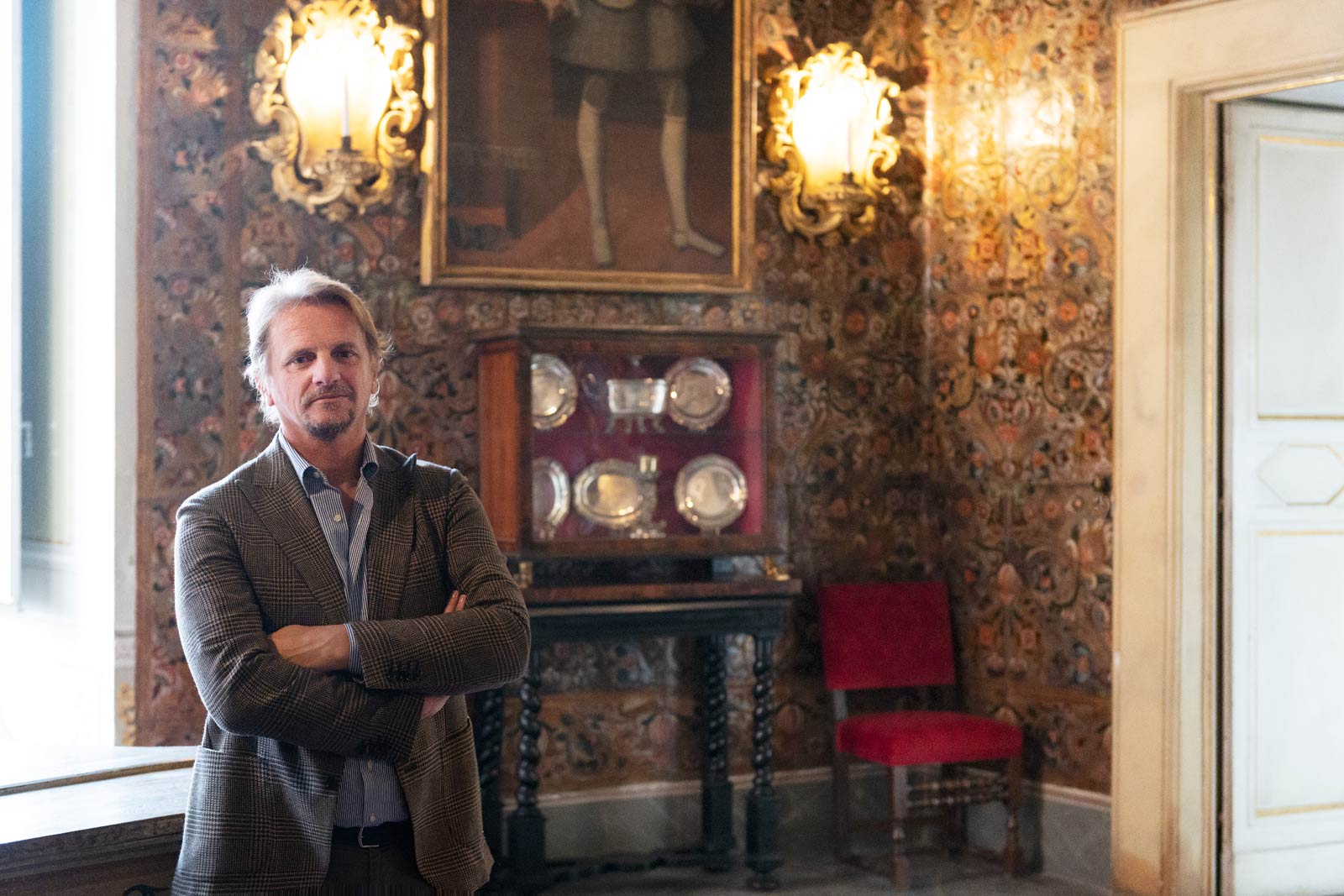
JS. President, with what spirit and when was the Foundation born?
FM. The Foundation was born in 2019 with the main purpose of opening the house to the public after centuries of other destinations, but for “pandemic” reasons we only succeeded today. Fundamental was having behind this experience, the one with the Pastificio Cerere Foundation, of which I am president, born in Rome in 2004 with the aim of promoting and disseminating contemporary art, and based inside the former pasta factory built in 1905.
What are the stages of the building’s transition from a private to a public space with a museum purpose?
With the Rome experience behind us, everything came very naturally. For Siena, too, we set up an office and a secretariat for logistics, and we immediately questioned how we could make the building and the outdoor courtyard usable. For these purposes we hired staff and created a growing team.
The palace presents itself as a fragile jewel, which fortunately has come down to us while keeping many of its peculiarities intact: how to combine conservation and enhancement? What are your main concerns?
Absolutely: the palace is very delicate. In particular, the decorated leathers and corami, which are the palace’s peculiarity, are of concern, because if they are perfectly preserved today with their bright colors, it is because the palace has not been inhabited with much continuity. So neither the heat given off by a continuous presence of people nor that of the heating systems, which in fact are absent, has impacted the decorations. For this reason, we plan an opening with extended times, with great respect for the building: people will enter in small groups exclusively accompanied by a guide, initially no more than two simultaneously of 15 people each, for six days. Also, to lessen the impact brought by people, the windows during the visit will remain open, to allow air to circulate. So we could understand how the rooms, frescoes, paintings, floors and everything else will respond. After a year we will sit around a table to analyze the data collected, figure out if the machine can be improved and increase its reach or if it is better to go back, even one group only visiting once a month, or even never. We are certainly a reality in the making, but our will is to open up, and gradually find tricks and expedients to allow the building to remain in great shape as it is today.
Your new reality will find itself intervening in a vibrant and rich cultural and artistic fabric: do you plan to become part of a museum network?
We talked about it with Mayor Luigi De Mossi: certainly the contemporary art project titled Cortemporanea will be part of it, since we animate it with the intention that as many people as possible can see it. For the palace, on the other hand, a ticket office in the municipality had been proposed, but I said no because it would not be sustainable. But we are available to structure an effective collaboration, partly because of the excellent relationship we have with the municipality.
What mediation activities do you plan to dedicate to schools?
The space of the palace will obviously be open to visits by schools, but the delicate spaces of the piano nobile do not allow for any other type of activity: for this reason we are creating a deputed environment on the top floor composed of two classrooms, and then we could also continue here on the basis of the experience of the Pastificio Cerere Foundation, where with the Collezione Di Classe project we promote education in schools through contemporary art.
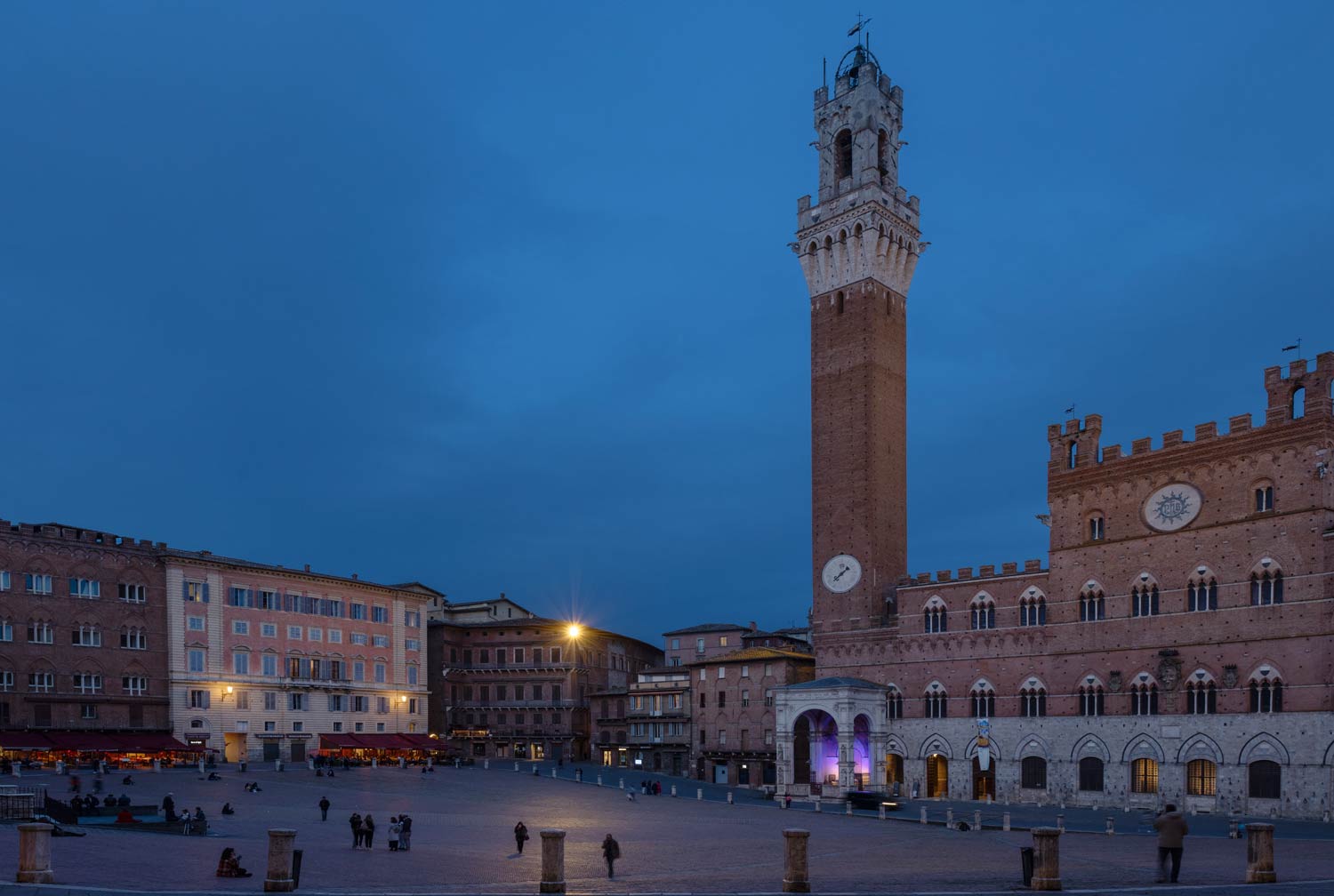
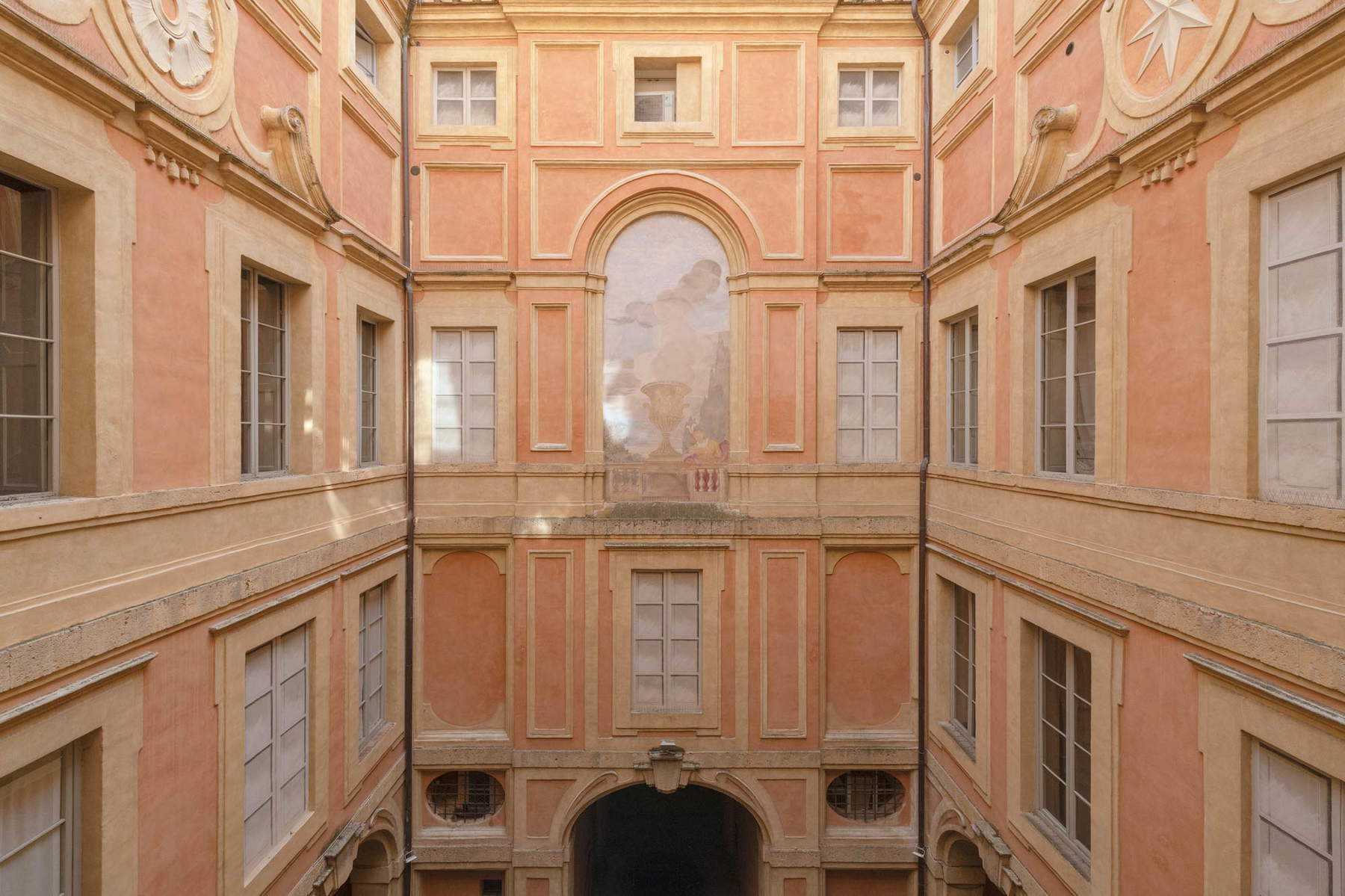

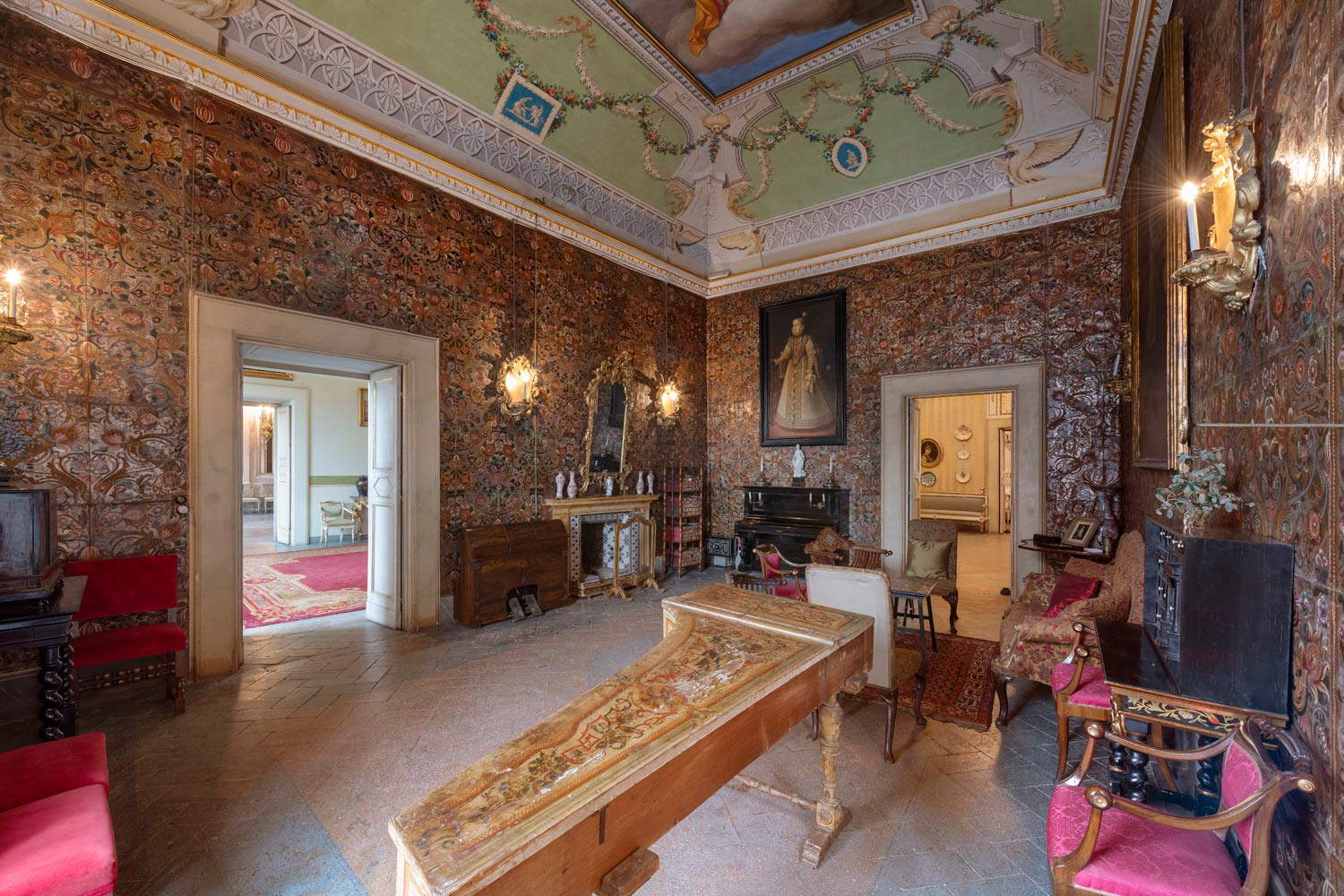

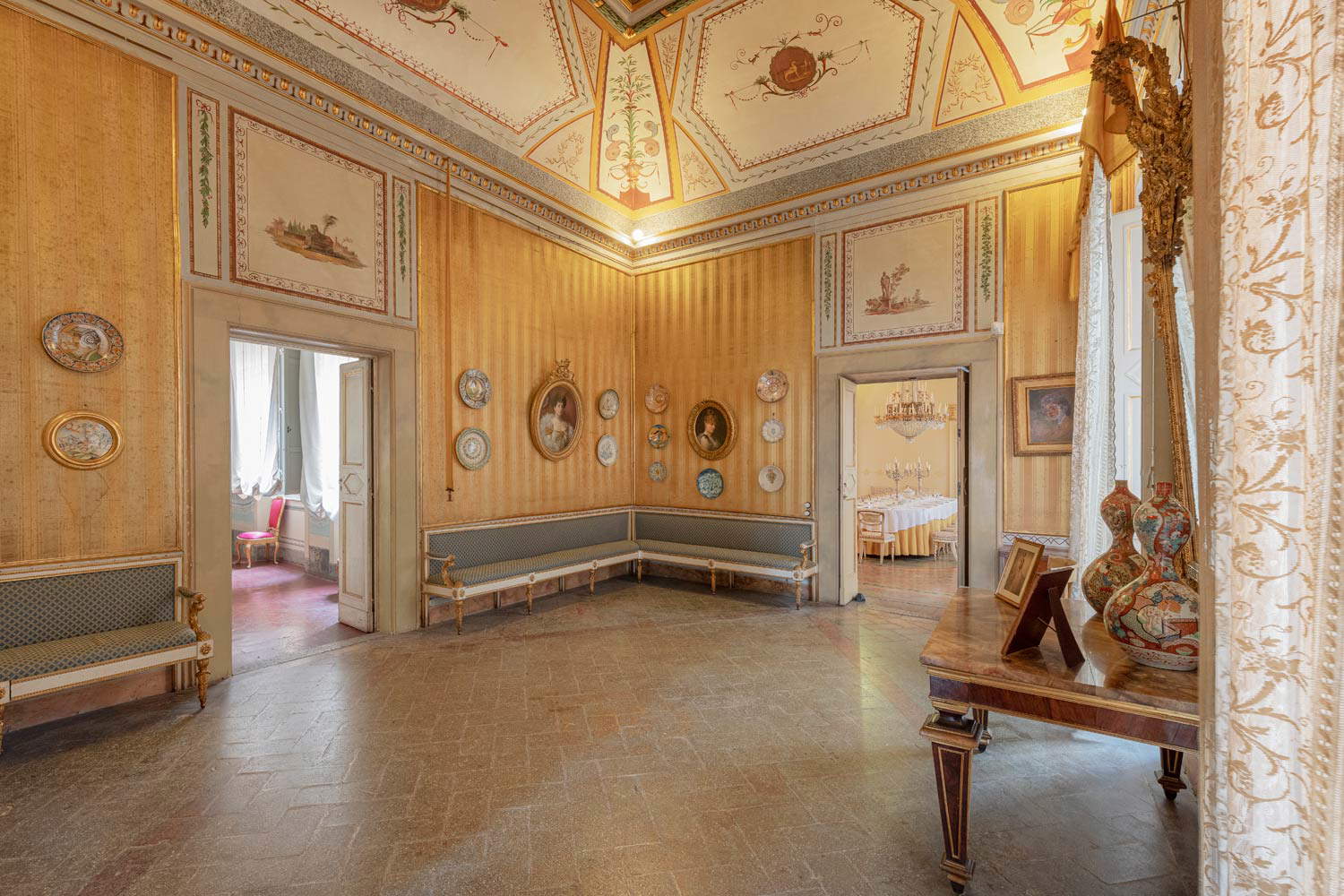
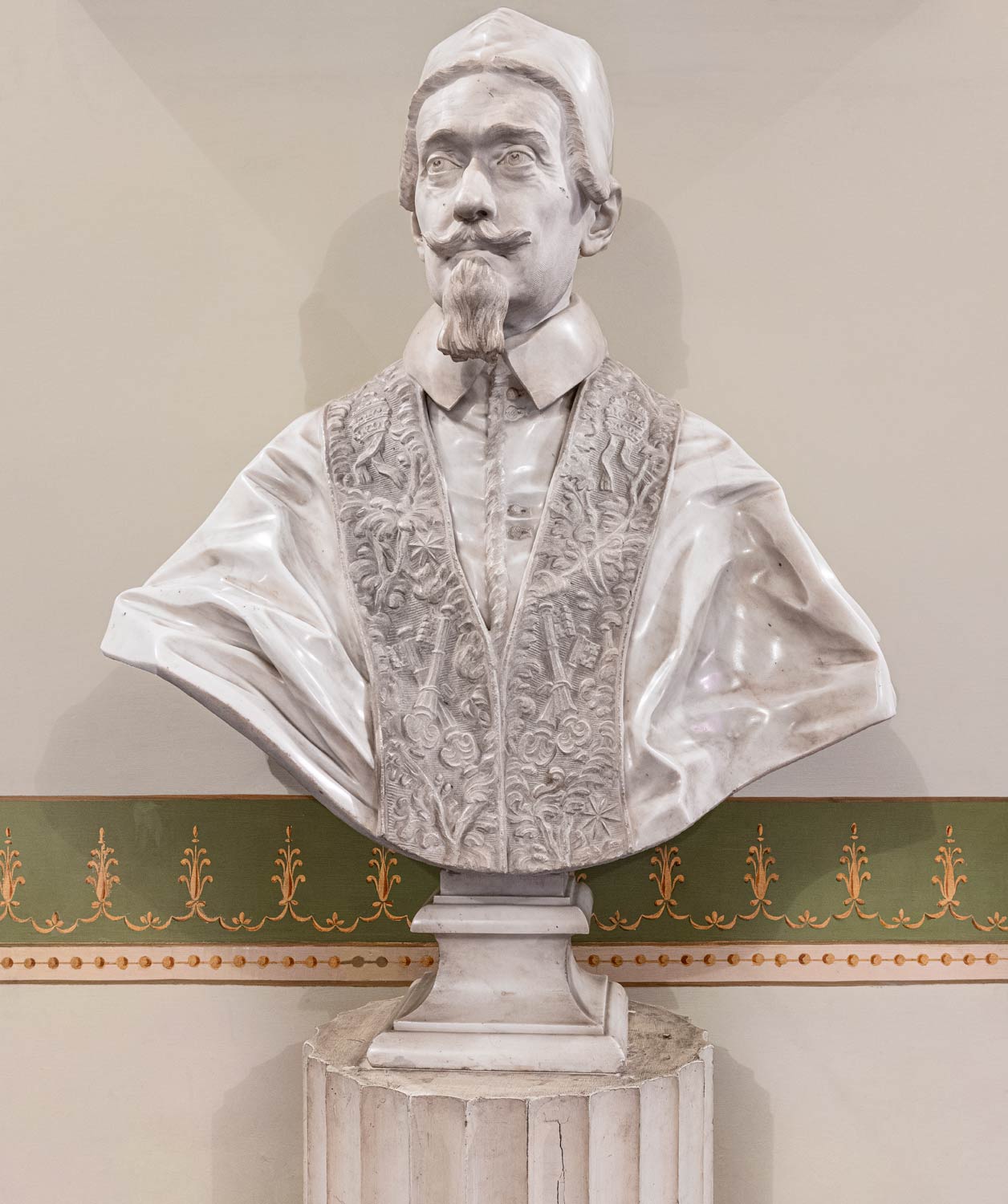
So alongside the palace’s enhancement activity of its collection you will propose contemporary art interventions, how will they be structured?
From the beginning our desire was to do something new for Siena, but the house hardly lends itself to contemporary, except with minimal interventions. We looked for the key to make contemporary art, and the most natural thing turned out to be to exploit the courtyard, a space that moreover in times past had a central role, as my grandmother recalled; in fact, at the height of the blind wall that has trompe l’oeil motifs, a wooden structure was set up during the great balls where people danced originating a new floor. So we decided to give new centrality to the space and started Cortemporanea, a project that will transform the courtyard into an exhibition space dedicated to site-specific works by Italian and international artists called upon to freely interpret the space.
For the first intervention you involved artist Pietro Ruffo, what are the reasons for this choice?
Pietro Ruffo and I have a long relationship, which started in 2005 with the inauguration of the Foundation in Rome, we then both went on a parallel journey, where we met every now and then, demonstrating a similar vision of art. So it was natural for me to start the project with him. When I got him involved he told me about a big project with jars that he had not been able to make, somewhat fortunately we found a young and capable craftsman who could make one out of the size we needed, with a somewhat special process and fired several times. The project, however, in the meantime evolved, in fact Ruffo had advanced to me his desire to also display something in the spaces leading to the house, the stairs and then inside it, thus giving life to an idea of an exhibition. And then again video mapping, which is why we involved a professional like Daniel Spanò, who translated what Pietro was painting into video. And then again we tried a collaboration with the Chigiana to bring a musical performance to life, but it was not possible because the courses were not active, so we involved for a performance on the two opening nights two professional violinists accompanied by a countertenor.
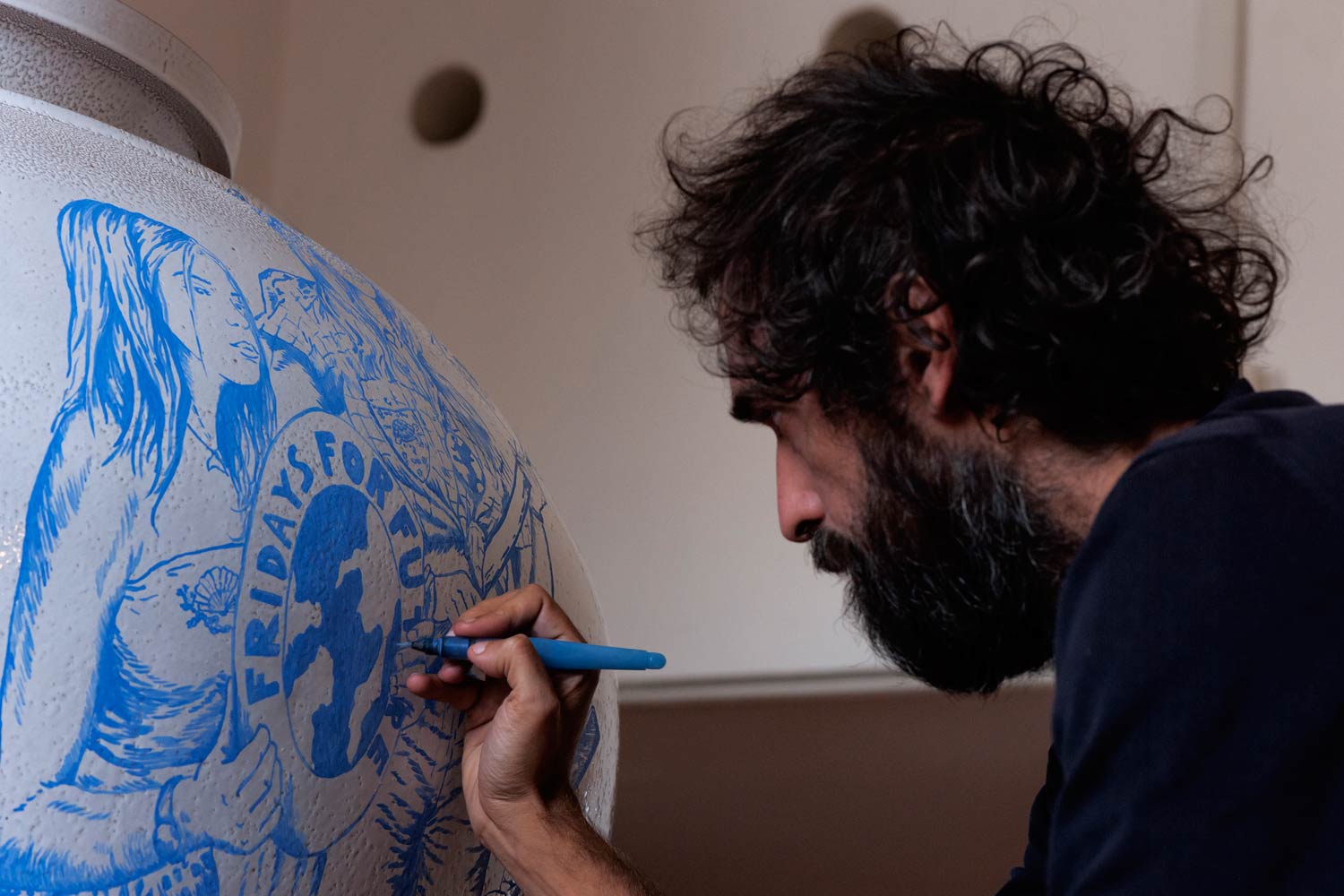
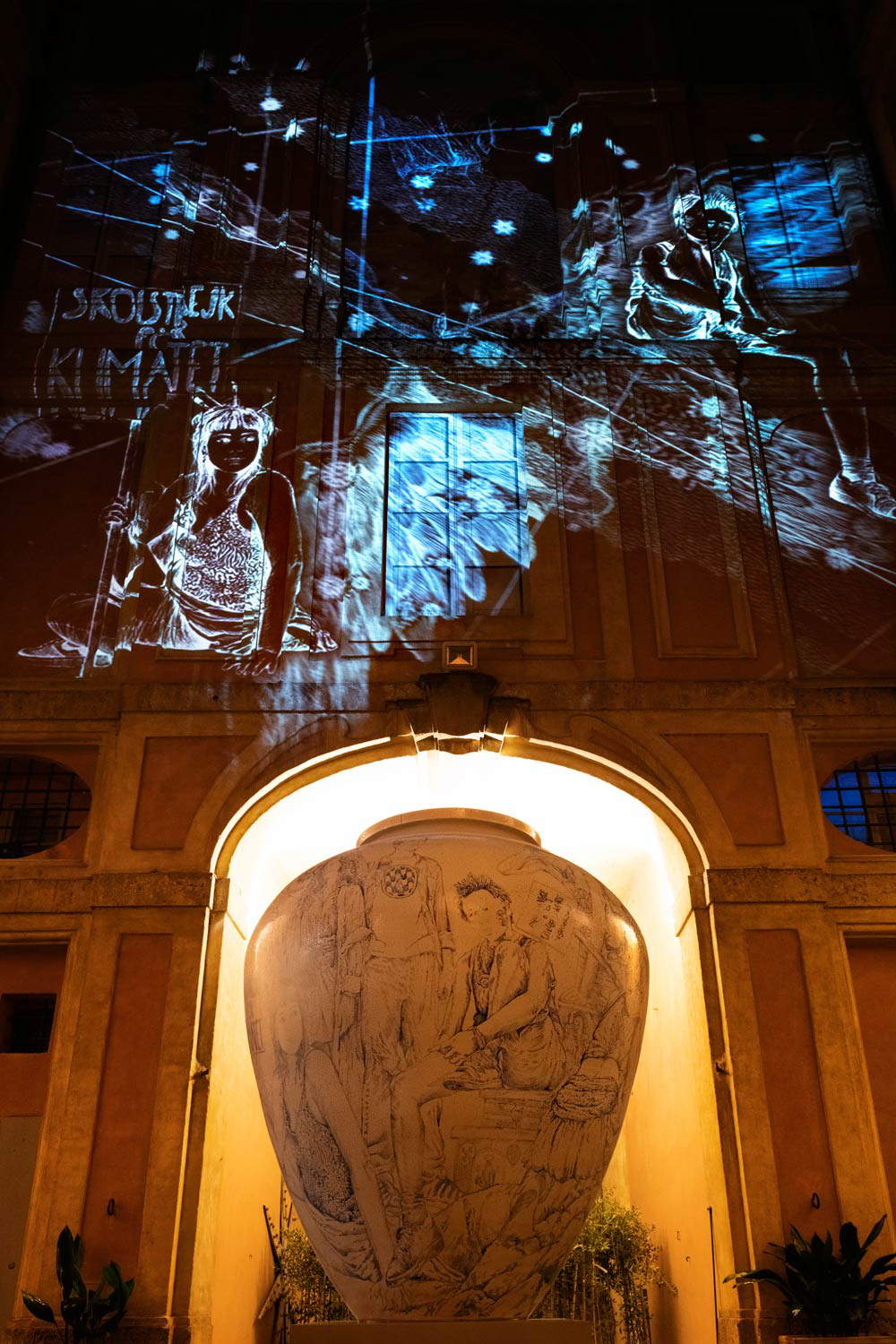
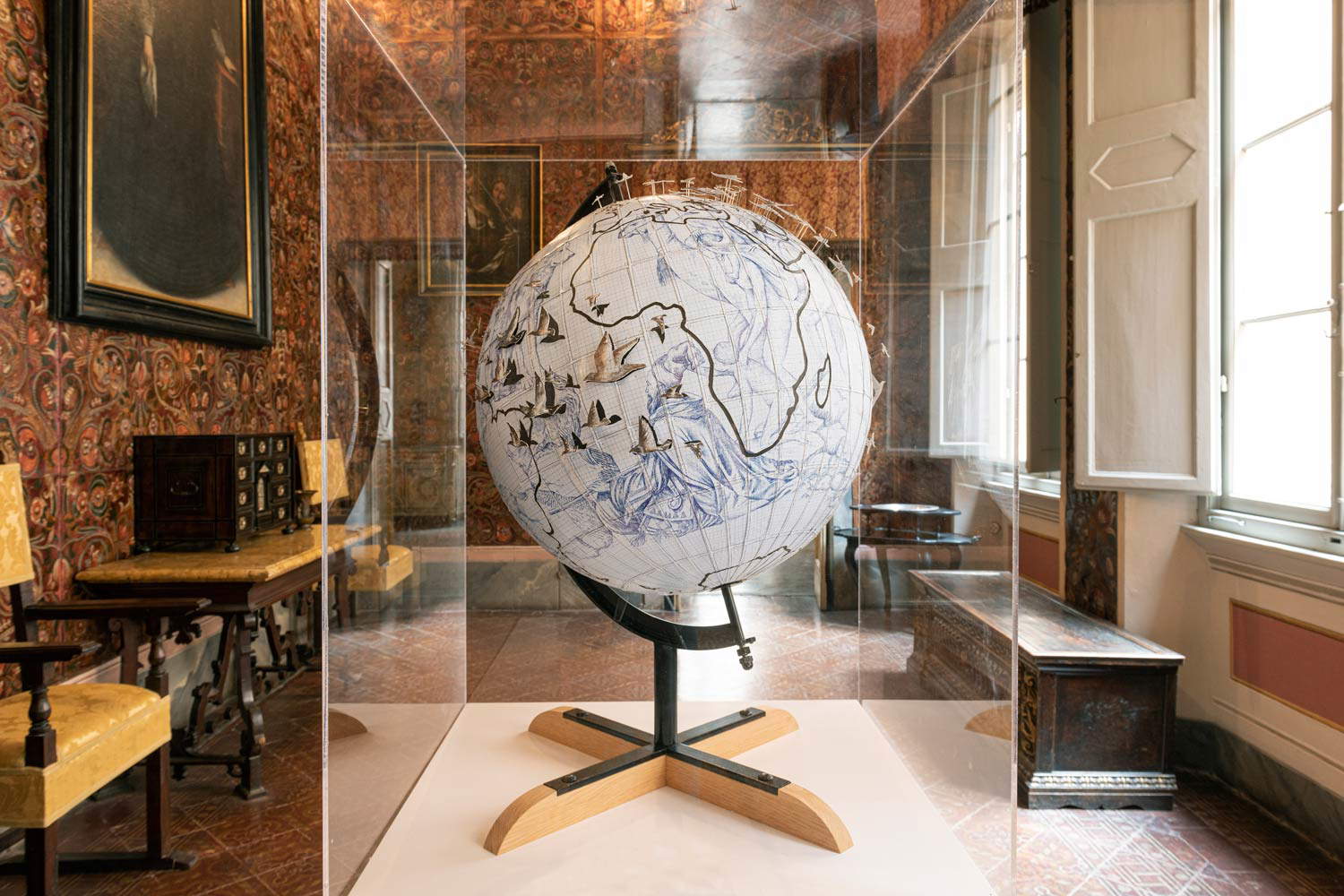
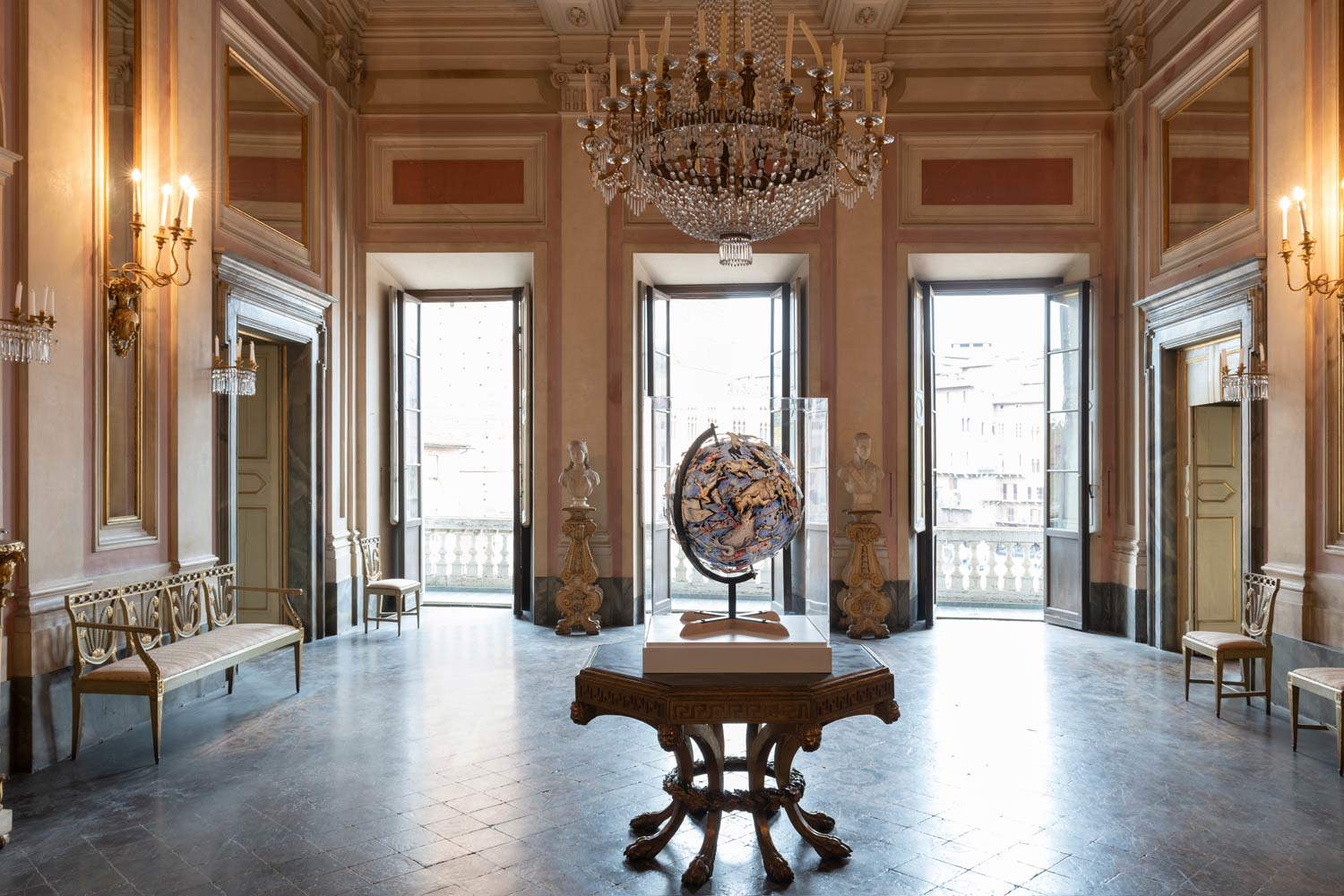
If Pietro Ruffo is almost a talisman of your practice, and so involving him was natural, what are the criteria by which the next artists will be chosen?
The Rome Foundation has a curator, Marcello Smarrelli, and there we have always chosen an experimental line. In Siena it will be a little different, here I kept the position, shared with Gianni Tozzi, who is the artistic director. We will of course invite artists that we like, but they will have to be of international level, that are appealing, because as I said the situation is different from Pastifico. We want it to become a very coveted annual event that draws people, even tourists from outside.
Will Ruffo’s installation, as well as upcoming contemporary art interventions, always be accessible without a ticket and usable from the street?
Cortemporanea will always be free because we want to involve the city. The space underneath will in fact remain open, for example Ruffo’s work will be visible until June 19, and after that we playfully have to move it. We are in Siena and the city lives on palii, and we are hosting the stands for the occasion. But the work, moved indoors, will be usable until October.
Warning: the translation into English of the original Italian article was created using automatic tools. We undertake to review all articles, but we do not guarantee the total absence of inaccuracies in the translation due to the program. You can find the original by clicking on the ITA button. If you find any mistake,please contact us.